
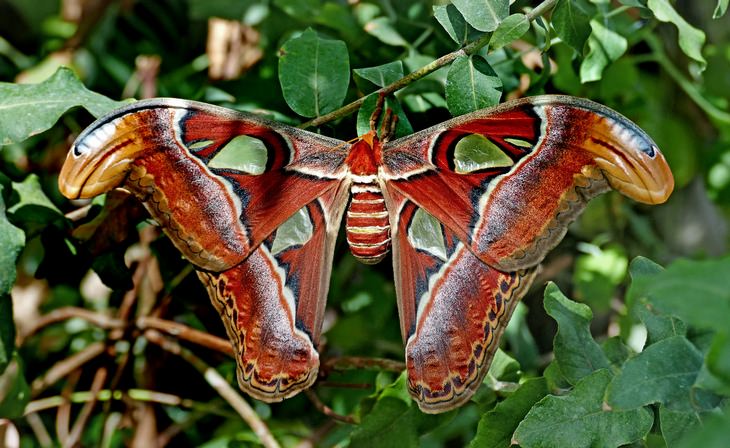 Source: Bernard Spragg. NZ
Source: Bernard Spragg. NZ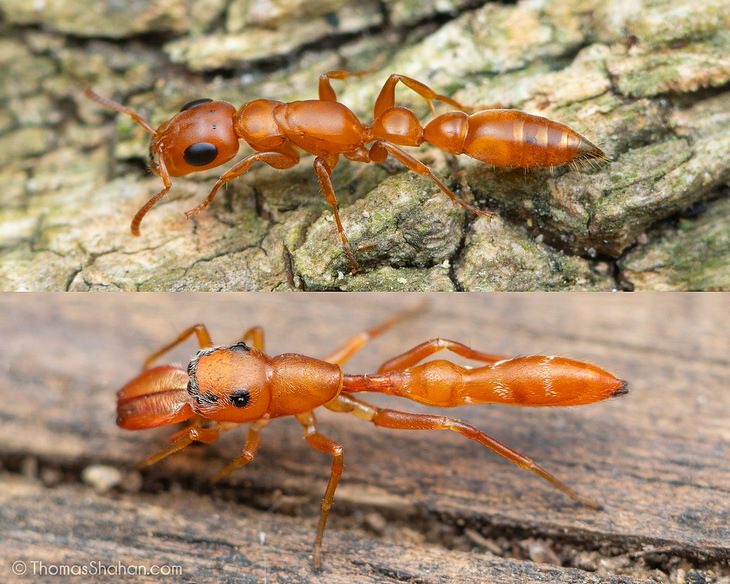 Source: Thomas Shahan
Source: Thomas Shahan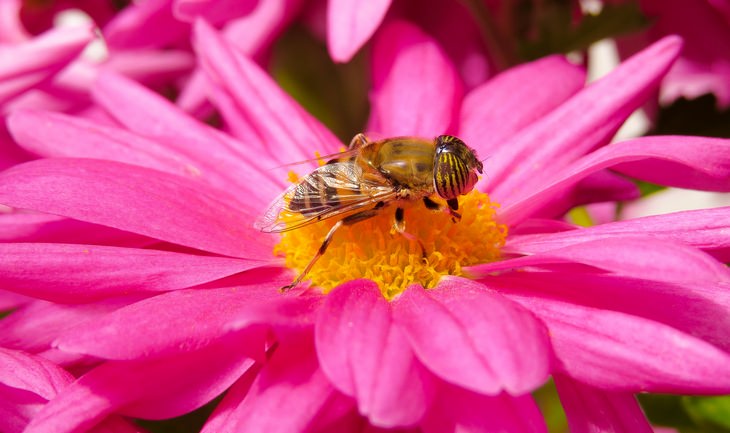 Source: Ana Sofia Guerreirinho
Source: Ana Sofia Guerreirinho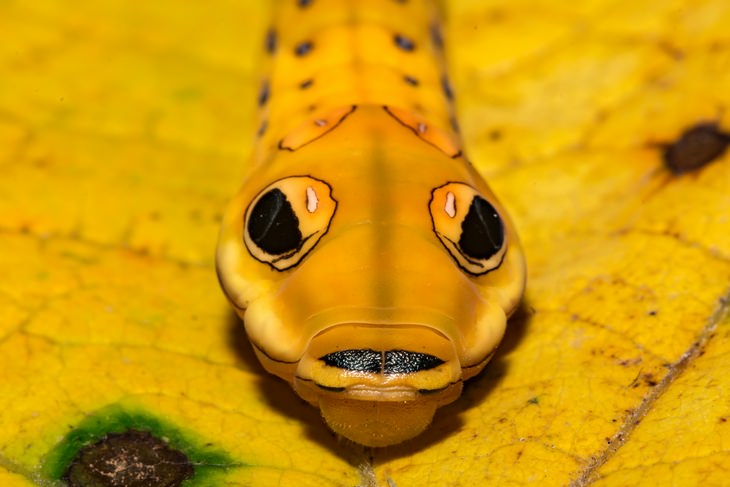


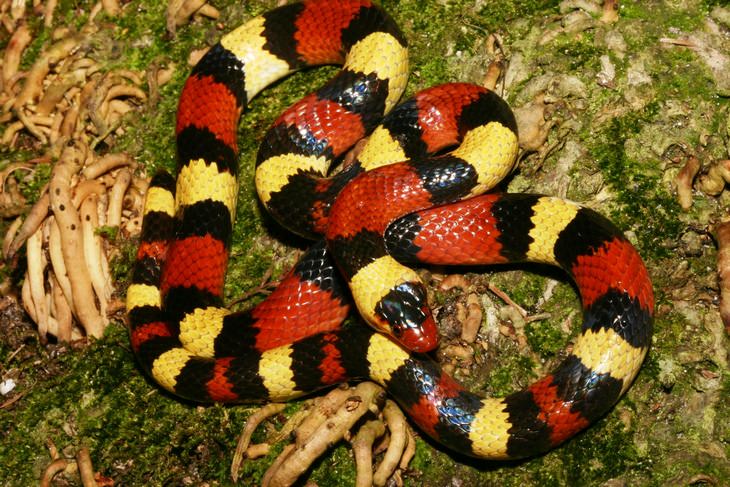 Source: Florida Fish and Wildlife
Source: Florida Fish and Wildlife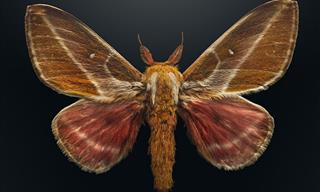
12 Insanely Detailed Macro Photos of Beautiful Insects
Check out these beautiful macro shots of endangered and extinct insects by photographer Levon Biss.

4 Genius Hacks to Help Remove Bugs and Stickers From a Car
Learn about 3 genius hacks that will help you remove pesky stickers and bug stains fast and effortlessly from your car!

12 of the Most Alluring Bugs You've Ever Seen
A collection of 12 beautiful insects I guarantee you've never seen before.

14 Pets That Mastered the Art of Camouflage
Wild animals are not the only ones that have mastered the art of blending in with their surroundings - these camouflaged pets are just as good at it!
 9:09
9:09
15 Bizarre Looking Insects and How to Behave Around Them
This video will introduce you to 15 of the most strange-looking bugs in nature, alongside some tips on how to behave around them to stay safe.

This Amazing Cat Proves How Clever and Capable Felines Are
Contrary to popular belief, cats are trainable. If you still aren’t convinced, it’s time you met Nipa, the talented cat that knows over 50 tricks.
 7:24
7:24
Must Watch: The Invisible Miracles of Nature
This filmmaker takes you on an in-depth journey of the incredible expansive universes present in our universe.

2024 Bird Photography Awards: The Most Stunning Photos
If you're also enchanted by the colorful, surprising, and amazing world of the world’s birds, we have no doubt you'll enjoy the following 15 photos from the 2024 bird photography awards.

The Icy Reaches of Antarctica Are Breathtakingly Beautiful
Antarctica is a continent completely covered in a thick layer of ice. It is harsh, cold, and majestic.
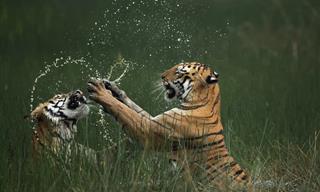
Award-Winning Nature Photos That Left Us Amazed (15 Pics)
Check out the awe-inspiring winners of the 2024 Nature’s Best International Photography Awards.
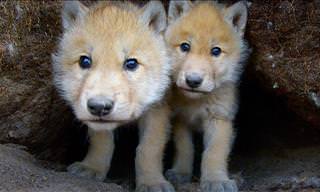 4:16
4:16
Up Close and Personal with Some Adorable Wolf Cubs
Scottish film maker Gordon Buchanan gets up close and personal with some adorable wolf cubs. These cubs will brighten your day.

Hilarious! Nobody Tells Mother Nature What to Do!
Here are 18 ironic photos that prove that nature doesn't care about what people want!
 2:14
2:14
A Heart-In-Mouth Video About a Chick's Fight To Survive
The adaptations of nature are truly incredible. Barnacle goose chicks have to leap off cliffs within hours of their birth to reunite with their parents.
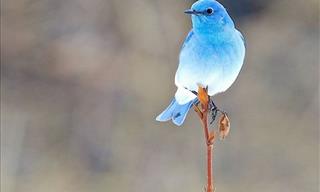
19 Gorgeous Birds You Might Not Have Seen Before
Birds are one of the most varied and beautiful species. These 19 exotic birds are absolutely beautiful!
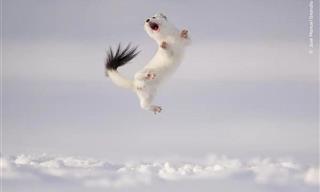
13 Mind-Blowing Wildlife Photographs from 2024
These are 13 rare, beautiful, stunning, and terrifying moments that will show you the hidden and true faces of nature...
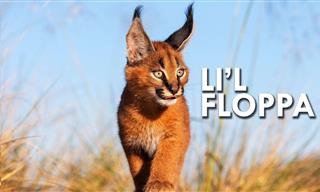 6:39
6:39
Caracal: The Sly Predator That Uses Stealth and Speed
The caracal is one of Africa's fiercest and most regal-looking hunters.
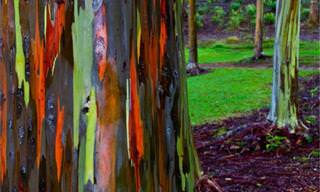
17 Trees Almost Too Beautiful and Strange To Be Real!
Trees are great, aren’t they? Nature is full of great wonders, but few are as startling as these bizarre but beautiful trees.

Find Out More About North American Butterflies Here
Mankind has always been fascinated by butterflies and that fascination hasn't died down today. Take a look at these informative images.

Stunning Wildlife Shots from Kenya's Wilderness
Explore the magic of Kenya's wildlife through the lens of photographer Peter Delaney.
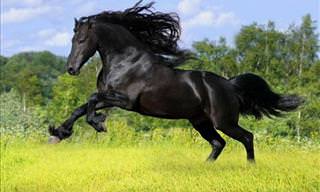
These Horses All Have the Most Amazing Hair!
These horse breeds all have an amazing hair! Enjoy getting to know some of the world's most beautiful horse breeds, along with some facts.
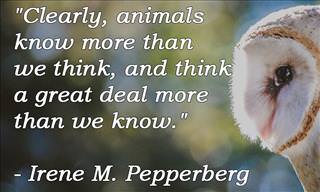
Let These Animal Quotes Be Your Source of Inspiration
Animals are inspirational to many of us in this world, and the same can be said for some of its greatest names. Here are 12 truly great animal quotes.

10 Ideal Plants to Fill Up Empty Space in Your Garden
If your yard or garden has a lot of empty space, then why not add some evergreen ground cover plants to give it some extra character?

This Article Will Clear Up Any Misconceptions About Dogs
There are numerous misconceptions concerning the best ways that we should interact with dogs. This post will definitely clear everything up.
 1:58
1:58
Neglected Ducks See Water for the First Time!
For the first time in their lives two dozen recently rescued ducks get their first taste of life in a pond. They had been living for years with a hoarder who had them in pens without adequate access to water or proper nutrition. Watch their first int
 10:04
10:04
5 HUGE Waves You Wouldn't Believe if it Wasn't On Video
These huge waves are probably not the biggest to ever happen, but they're definitely the 5 biggest waves ever caught on video.
 9:09
9:09
15 Bizarre Looking Insects and How to Behave Around Them
This video will introduce you to 15 of the most strange-looking bugs in nature, alongside some tips on how to behave around them to stay safe.
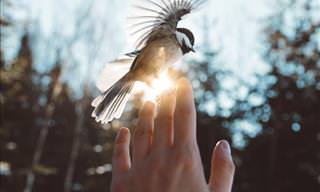
This Photographer Gets Closer to Animals Than Anyone
Valérie Derome-Massé is one of the most talented wildlife photographers to emerge in a long time. You'll be amazed by how close she gets to her subjects.

Learn All About the Basics of Dog Psychology
Check out this collection of the most intriguing facts about the psychology of dogs that we are currently aware of, many of which will be surprising to most.
 5:47
5:47
These Are the Most Adorable Animals You've Never Heard of!
Have you ever heard of a pangolin? If not, then you're in for a pleasant surprise as they're some of the cutest animals we've ever seen!
 16:28
16:28
Exploring a Cave that Has Its Own Forest, River and Clouds
Son Doong, the planet's most colossal cave, boasts a vast, self-contained ecosystem with its own distinct climate. ...

These Stunning Winning Animal Photos Will Leave You in Awe
Here are 14 stunning animal images that are participating in the wildlife photographer of the year 2018.
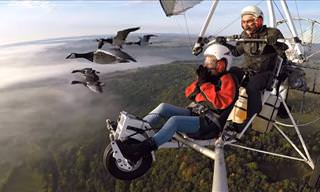 4:20
4:20
This Pilot Loves Nothing Better Than Flying with Birds!
Birds of a feather flock together, and these birds are no exception as they take to the skies with a microlight pilot that they believe to be their mother.
 14:58
14:58
We Bet You Didn’t Know These Cute Mammals Were THIS Smart!
These two cute and fluffy mammal species are so intelligent. We are impressed, and you will, too!
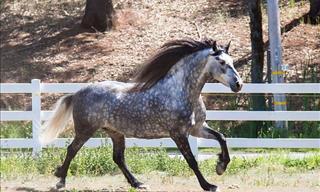
Get Ready For Equestrian Adventures With Beautiful Horses!
Horses are truly majestic wonders of nature that have lived with humans peacefully for thousands of years, just like these beautiful breeds
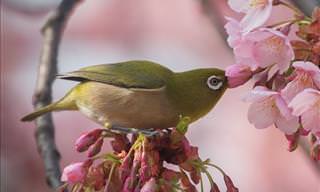
See How Japan's Nature Changes with the Seasons
These photos depict the purest forms of nature in Japan. And they are stunning!
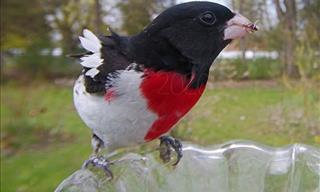
A Woman's Backyard Receives Many Beautiful Bird Visitors
Ostdrossel makes different items using candid photographs of beautiful birds captured on her backyards feeder cam
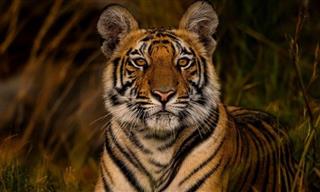
15 Stunning Photos of the World's Largest Feline
15 photographs that prove once again the splendor and majesty of the Asian tiger.

Woman Builds Photo Booth for Birds. The Result is Stunning
These stunning bird photos were captured from a photo booth in a yard.
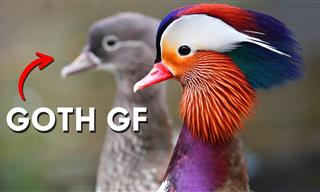 8:33
8:33
Meet the Fanciest and Most Exotic Ducks in the World
Mandarin ducks, found in China and Japan, are widely regarded as the world's most beautiful ducks. Find out more about these rare birds.

This Collection of Dog Facts Will Definitely Surprise You
If you think you know a lot about dogs, think again. These 16 surprising facts will open your eyes and give you insight into our best friend's world.
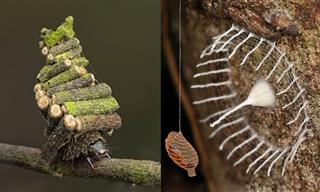 14:47
14:47
You Won’t Believe Who Built These Nests!
Did you know that insects are great architects? Take a look at some of the most amazing insect homes.

This Creature Is 40 Times Heavier Than a Blue Whale
What’s the world’s largest organism? Pando, a grove of quaking aspens in Fishlake National Forest in Utah is actually a single ancient tree.
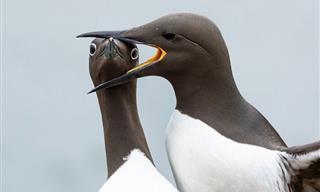
The Comedy Animal Photography 2025 Winners are Here!
present 15 selected photos submitted to this year’s competition, so sit back comfortably and get ready for a wonderful gallery that will show you the comedic side of the animal kingdom.
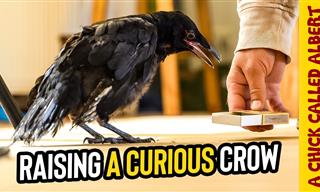 9:47
9:47
Smart Crow Forms a Special Bond With the Man Who Saved Him
Watch how a crow who lost his home in a storm found a helping hand through a human family.
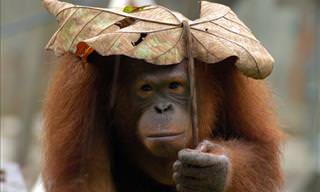
These Animals Found the Perfect Spot to Keep From Getting Wet
A stunning photo collection of animals seeking shelter from the rain.
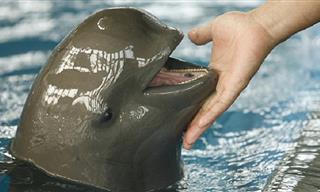
10 Adorable Sea Animals You Would Love to be Friends With
Take a look at some of friendliest sea creatures that are known to be gentle and amiable with humans.
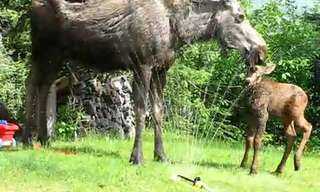 3:53
3:53
Cute Corner: Opening the Morning With Adorable Baby Moose
This lucky person, residing in Alaska, woke up to find twin baby moose and mother playing in sprinkler. Now how can a day not be good with such a lovely start?
To enable your Ad-Free Subscription, please fill the fields below
Your subscription was successful, now you can enjoy an ad-free experience!! Note: To make sure you get no ads, please make sure to log in to your account. If you are logged in already, then refresh the page. The subscription can be cancelled at any time.


